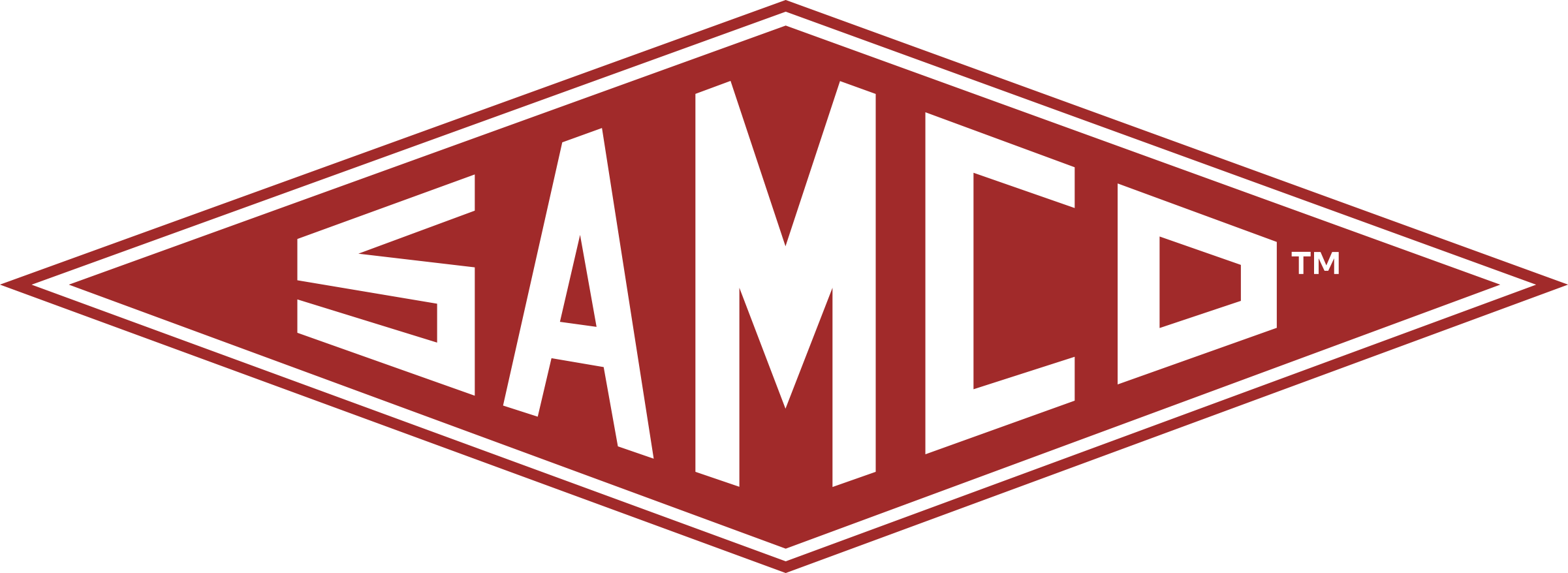
Piston and Rod Repair Essentials: A Comprehensive Guide
Pistons and rods are integral components of reciprocating compressors, playing a crucial role in converting mechanical energy into compressed gas. However, due to the rigorous nature of their operation, these components are susceptible to wear, damage, and malfunction over time. Efficient repair and maintenance of pistons and rods are essential to ensure optimal compressor performance, minimize downtime, and extend equipment lifespan. In this comprehensive guide, we will delve into the essential techniques and best practices for piston and rod repair in reciprocating compressors, empowering professionals to tackle these tasks with confidence and proficiency.
Understanding Piston and Rod Functionality:
To comprehend the intricacies of piston and rod repair, it’s imperative to grasp their fundamental functionality within the compressor system. The piston reciprocates within the cylinder, compressing the gas during the compression stroke. Simultaneously, the connecting rod transmits this reciprocating motion to the crankshaft, converting it into rotational motion to drive the compressor. This synchronized action is essential for maintaining continuous compression and ensuring efficient operation. Understanding how these components interact is crucial for diagnosing issues accurately and implementing effective repair strategies.
Common Piston and Rod Issues:
Pistons and rods are subjected to various forms of stress and wear during compressor operation, leading to a range of common issues. Some of the most prevalent problems include:
- Piston Ring Wear: Over time, piston rings can wear out, leading to reduced compression efficiency and increased oil consumption. This can result from inadequate lubrication, high temperatures, or improper alignment.
- Connecting Rod Misalignment: Misalignment of the connecting rod can cause uneven wear and stress on both the rod and piston, leading to premature failure and reduced performance.
- Piston Scoring: Excessive friction between the piston and cylinder wall can cause scoring, compromising compression efficiency and increasing oil consumption.
- Rod Bearing Failure: Rod bearings are prone to wear and failure due to the high pressures and temperatures they endure. Bearing failure can lead to increased vibration, rod misalignment, and potential catastrophic damage to the compressor.
- Cracked Connecting Rods: Cracks in connecting rods pose significant safety hazards and can result in compressor failure if not addressed promptly. High operational stress and vibration are common causes of rod cracking.
The Repair Process:
Effective piston and rod repair require a systematic approach encompassing inspection, cleaning, repair or replacement, reassembly, and testing. Let’s break down each step:
- Inspection:
- Conduct a thorough visual inspection of the piston and rod assembly to identify signs of wear, damage, or misalignment.
- Utilize advanced inspection tools such as borescopes to examine internal components and detect hidden defects.
- Measure dimensional specifications and compare them to manufacturer tolerances to assess the extent of wear and determine the necessary repairs.
- Cleaning and Disassembly:
- Clean the piston and rod assembly thoroughly to remove any contaminants, debris, or residual lubricants.
- Mark each component to ensure proper reassembly and disassemble the assembly following manufacturer guidelines and recommendations.
- Repairs and Replacements:
- Based on inspection findings, determine the appropriate repairs or replacements needed.
- Replace worn-out piston rings, bearings, or other damaged components with new ones that meet OEM specifications.
- Address any misalignment issues through adjustments or realignment procedures to ensure proper function.
- Reassembly and Lubrication:
- Reassemble the piston and rod assembly according to manufacturer instructions, ensuring proper alignment and torque specifications.
- Apply suitable lubricants to all moving parts to minimize friction and ensure smooth operation.
- Testing and Quality Control:
- Conduct comprehensive testing of the repaired piston and rod assembly to verify functionality and performance.
- Measure compression efficiency, check for abnormal vibrations or noises, and ensure proper piston ring seating.
- Perform quality control checks to ensure that all repairs meet safety standards and manufacturer specifications.
Importance of Regular Maintenance:
While proper repair techniques are essential for addressing existing issues, proactive maintenance is key to preventing future problems and prolonging the lifespan of piston and rod assemblies. Implementing a structured maintenance program that includes routine inspections, lubrication, and cleaning can significantly reduce the frequency of repairs and enhance compressor reliability. Regular maintenance allows for the early detection of potential issues, enabling timely intervention and minimizing downtime.
Conclusion:
Mastering piston and rod repair is essential for ensuring the optimal performance and longevity of reciprocating compressors. By understanding the functionality of these components, identifying common issues, and employing effective repair techniques, professionals can address problems promptly and minimize downtime. Implementing regular maintenance practices further enhances compressor reliability and reduces the risk of costly repairs. With proper knowledge and adherence to best practices, professionals can confidently tackle piston and rod repair tasks, ensuring the smooth operation of reciprocating compressors in various industrial applications.
